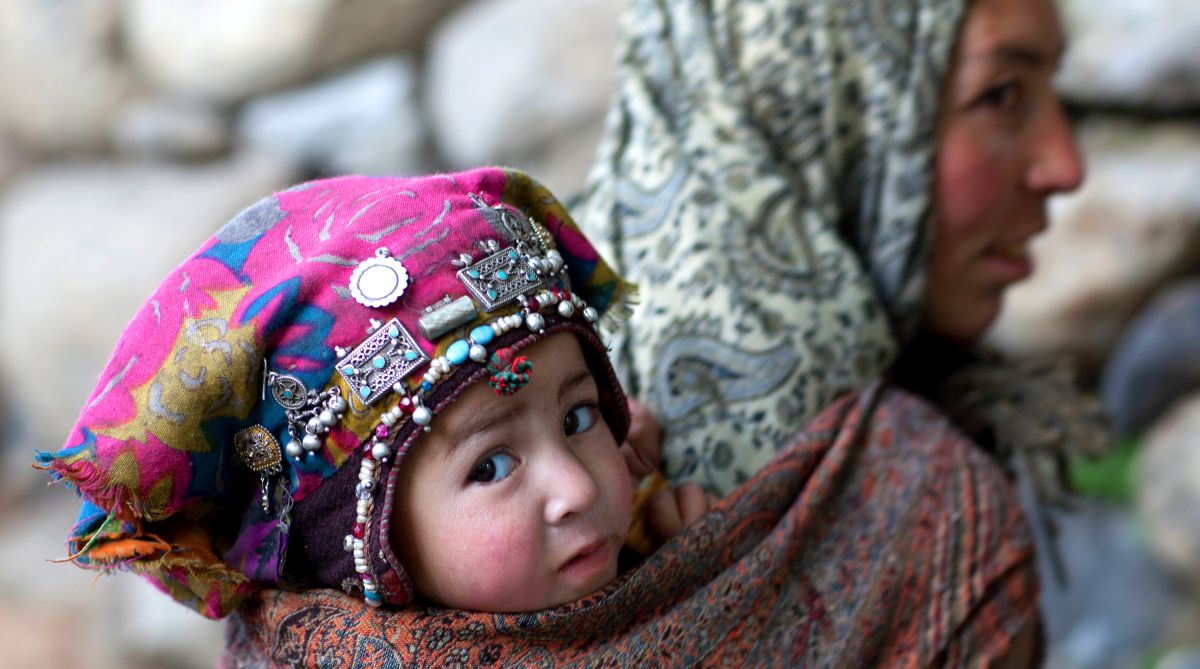Seasonal migration of Gujjars & Bakkerwals to high pastures during LS polls worrying opposition parties in J&K
Political parties are worried that the migration is bound to upset their poll calculations.
This year’s observance of this special day has been scheduled from 3 pm to 6 pm in the ECOSOC Chamber at the United Nations Headquarters in New York.

This year, the theme for the International Day for Indigenous People will be revolving around their migration and movement. (Photo: iStock)
In 1994, the General Assembly of the United Nations first pronounced August 9 as the International Day for Indigenous People. Since then, every year on the assigned date and time, the UN hosts an observation of the indigenous people, their rights and their respective protection.
This year’s observance of this special day has been scheduled from 3 pm to 6 pm in the ECOSOC Chamber at the United Nations Headquarters in New York.
This year, the theme for the International Day for Indigenous People will be revolving around their migration and movement. In today’s time and age, the indigenous people are, arguably, the most disadvantaged set of people. According to a quote by the UN, indigenous people make up “less than 5 per cent of the world’s population”, but “account for 15 per cent of the poorest”.
Advertisement
Leave alone the troubles that punctuate the path for indigenous people, surviving in respective dominant societies is alone a mammoth challenge. Due to the vulnerable state the indigenous people often find themselves in, they are forced to migrate across borders, national and international both, in prospect of a better quality of life. The reasons behind their apparent movements are many, the prime one being the loss of previously owned land, territory or resources due to developmental persuasion, conflicted or dissonant environment, and adverse climate change, among others.
Consequently, indigenous people start to locate a ray of hope in the mammoth avenues of cities that, according to them, represent a financially consistent future for them. However, disappointment soon strikes with the advent of layered discrimination, lack of access to public services and above anything else, a life spent alienated from their respective, not to mention, distinct cultures and customs.
As a result of this predicament that indigenous people find themselves in, the UN has unanimously decided that, “[this year’s] theme will focus on the current situation of indigenous territories, the root causes of migration, trans-border movement and displacement, with a specific focus on indigenous peoples living in urban areas and across international borders.”
In fact, the United Nations has taken one more step forward in ensuring a secure and supportive future for the indigenous people. Recently, with the goal of safeguarding the languages of indigenous people, the UN adopted 2019 as the International Year of Indigenous Languages.
Advertisement